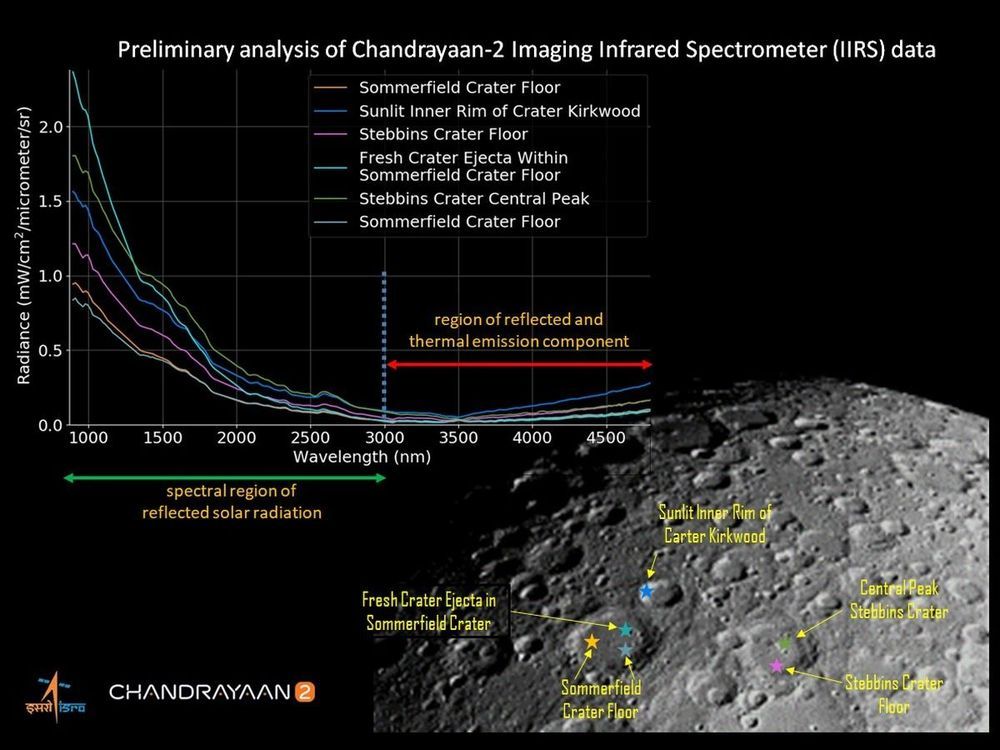Space — also commonly known as the final frontier — has left us in a state of awe since we ever first laid eyes on it. Inspired by numerous works of science fiction, we’ve made it a mission of ours to not only explore space but to colonize its planets as we continue searching for a secondary home.
And while our efforts have been mildly successful thus far, a group of non-biological “creatures” have already achieved the difficult task of conquering space. They’re known as robots.
Whether on the International Space Station (ISS) or on another planet, these automated machines have extended our reach into the cosmos far better than any actual human hand has accomplished. It all started in 1969 when the Soviets made the first attempt to land a robotic rover, known as Lunokhod 0, onto the Lunar surface of our Moon. Unfortunately for the Soviets, the rover was unsuccessful in its landing; instead crashing down after a failed start.





